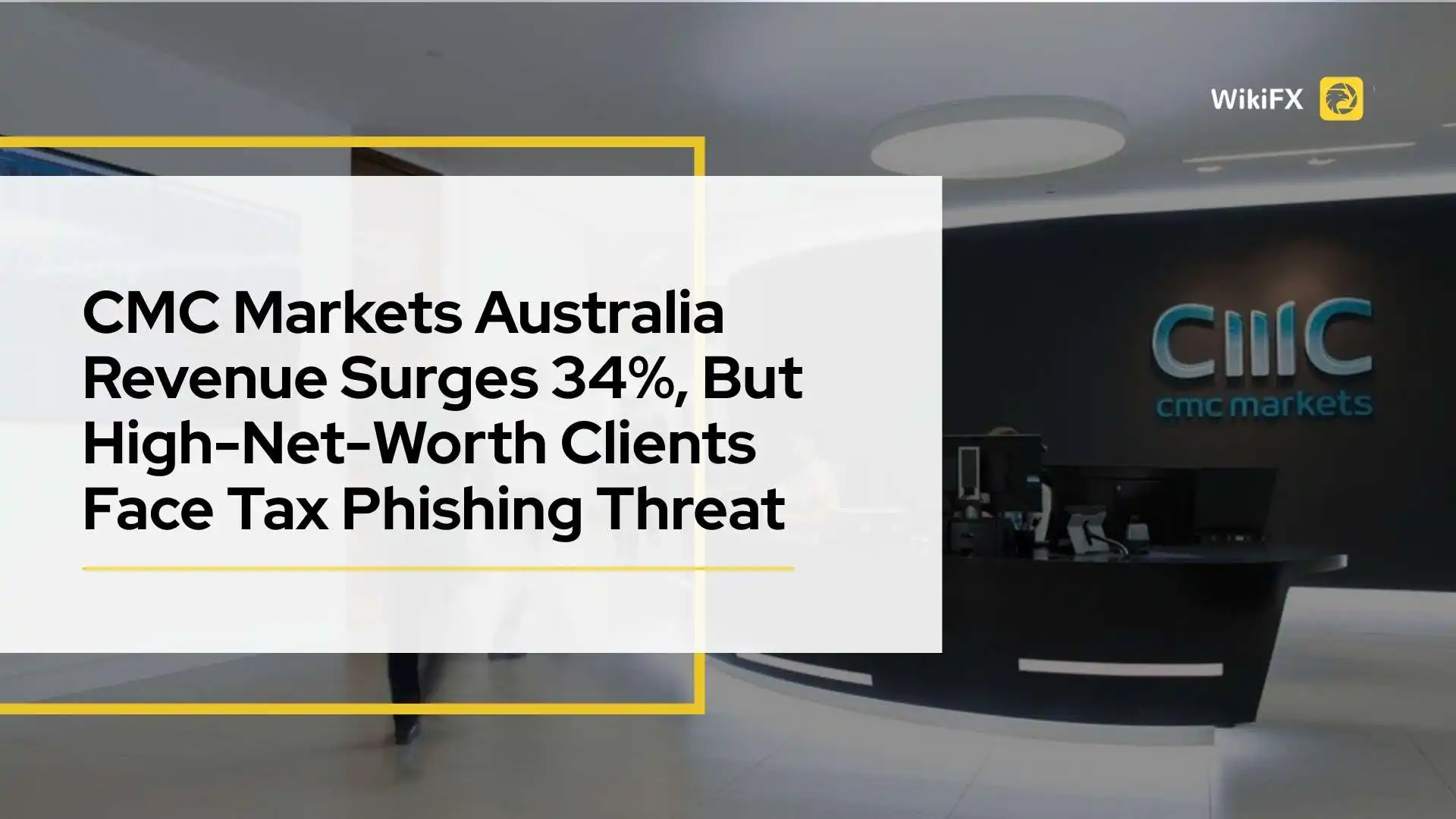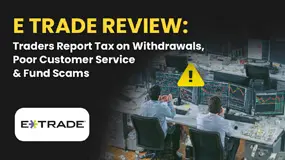简体中文
繁體中文
English
Pусский
日本語
ภาษาไทย
Tiếng Việt
Bahasa Indonesia
Español
हिन्दी
Filippiiniläinen
Français
Deutsch
Português
Türkçe
한국어
العربية
Problems That Often Appear in 100% Hedging
Abstract:When you study forex trading more deeply, hedging will look tempting to try. Basically, hedging strategy is taking the same two trading positions but in different pairs, or vice versa.

The purpose of hedging is to offset losses in the first position, with profits received from other positions. Some professional traders even practice hedging as a strategy to protect accounts from Margin Calls.
One interesting hedging technique to learn is to take advantage of the difference between interest rates or arbitration. This technique, termed 100% hedging, is touted as a profitable strategy because it minimizes risk.
100% Hedging Mechanism
According to Earn Forex, hedging is holding two or more positions at the same time, where the purpose is to offset the losses in the first position by the gains received from the other position.
To carry out a 100% hedging strategy, you need 2 brokers with different swap policies. You must choose a broker that gives you both a negative and a positive swap. By using this technique, you will benefit when positive interest occurs.
Then, you have to use 1 other broker that applies Swap Free. Thus, you dont need to pay interest when you hold a position.
Next, open the same position at the 2 forex brokers. Another term for trading using interest differences like this is Carry Trade.
To carry out Carry Trade, you should make sure that you place a position in a major currency with a stable exchange rate. The aim is to make it easier to determine market players who put positions against us.
The amount of swap charged varies from 1 broker to another broker. Thus, you should pay close attention to the amount of interest the broker will use.
Problems that often Appear in 100% Hedging
Requires large capital
The 100% hedging strategy requires a large number of funds, a minimum of 10,000 USD. The reason is that your capital resilience must be strong for hold for days, even weeks.
If only 1-2 days have closed, you certainly only get little benefits. That is why this kind of hedging strategy is mostly done by professional traders with large funds.
Psychological condition
For traders who are often impatient and anxious, a 100% Hedging strategy would be very torturous. This is because you have to force the Hold position for a long time. Instead of letting profits accumulate, there might even be a feeling of wanting to add a position or overtrade and damage the strategy that has been laid out.
Risk management is more complicated
Third, a 100% hedging strategy requires more complicated risk management. For example, if you use 1 regular lot, the cost will be around 145 USD.
Thus, you will lose 145 USD in the beginning and need the first 6 days just to cover the spread costs. If you get a Margin Call, you will need to close some positions. Then, you should transfer money to another account and reopen the position.
Therefore, it is very important to avoid Margin Calls so that you can maintain equity. Another obstacle that makes the strategy 100% difficult is that some brokers prohibit arbitration.
If there is an urgent condition that forces us to close some positions and withdraw funds to protect profits on positions in other accounts, it will certainly be an unpleasant surprise if the broker requires you to close all positions. Therefore, you should make sure your broker allows hedging activities.

Disclaimer:
The views in this article only represent the author's personal views, and do not constitute investment advice on this platform. This platform does not guarantee the accuracy, completeness and timeliness of the information in the article, and will not be liable for any loss caused by the use of or reliance on the information in the article.
Read more

CMC Markets Australia Revenue Surges 34%, But High-Net-Worth Clients Face Tax Phishing Threat
CMC Markets Australia reports a 34% revenue surge. Simultaneously, the company's high-net-worth clients are facing a serious tax-related phishing threat.

E TRADE Review: Traders Report Tax on Withdrawals, Poor Customer Service & Fund Scams
Has your E Trade forex trading account been charged a withholding tax fee? Did your account get blocked because of multiple deposits? Did you have to constantly call the officials to unblock your account? Failed to open a premium savings account despite submitting multiple documents? Is fund transfer too much of a hassle at E Trade? Did you find the E Trade customer support service not helpful? In this E Trade review article, we have shared certain complaints. Take a look!

mBank Exposed: Top Reasons Why Customers are Giving Thumbs Down to This Bank
Do you find mBank services too slow or unresponsive? Do you find your account getting blocked? Failing to access your account online due to several systemic glitches? Can’t perform the transactions on the mBank app? Do you also witness inappropriate stop-level trade execution by the financial services provider? You are not alone! Frustrated by these unfortunate circumstances, many of its clients have shared negative mBank reviews online. In this article, we have shared some of the reviews. Read on!

In-Depth Uniglobe Markets Commission Fees and Spreads Analysis – What Traders Should Really Know
For experienced traders, the cost of execution is a critical factor in broker selection. Low spreads, fair commissions, and transparent pricing can be the difference between a profitable and a losing strategy over the long term. This has led many to scrutinize the offerings of brokers like Uniglobe Markets, which presents a tiered account structure promising competitive conditions. However, a professional evaluation demands more than a surface-level look at marketing claims. It requires a deep, data-driven analysis of the real trading costs, set against the backdrop of the broker's operational integrity and safety. This comprehensive Uniglobe Markets commission fees and spreads analysis will deconstruct the broker's pricing model, examining its account types, typical spreads, commission policies, and potential ancillary costs. Using data primarily sourced from the global broker inquiry platform WikiFX, we will provide a clear-eyed view of the Uniglobe Markets spreads commissions prici
WikiFX Broker
Latest News
WikiFX's New Evaluation of ATM Capital LTD: Does its License Protect the Arab Investor?
How a Fake Moomoo Ad Led to the “New Dream Voyage 5” Scam
Is Axi Legit? A Data-Driven Analysis of Its Regulatory Standing and Trader Feedback
Trive Investigation: High Score, Hidden Risk - The Profit Paradox
In-Depth Uniglobe Markets Commission Fees and Spreads Analysis – What Traders Should Really Know
FXPesa Review: Are Traders Facing High Slippage, Fund Losses & Withdrawal Denials?
CMC Markets Australia Revenue Surges 34%, But High-Net-Worth Clients Face Tax Phishing Threat
Bessent believes there won't be a recession in 2026 but says some sectors are challenged
mBank Exposed: Top Reasons Why Customers are Giving Thumbs Down to This Bank
Young Singaporean Trader Grew USD 52 into a USD 107,700 Portfolio
Currency Calculator



